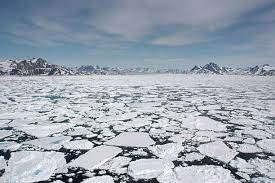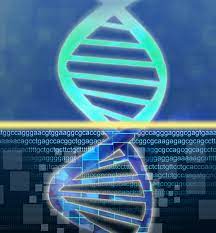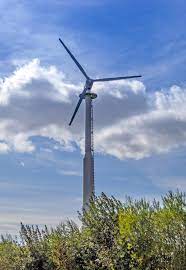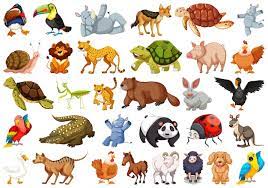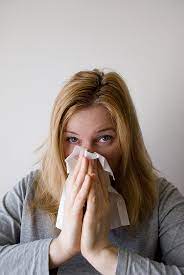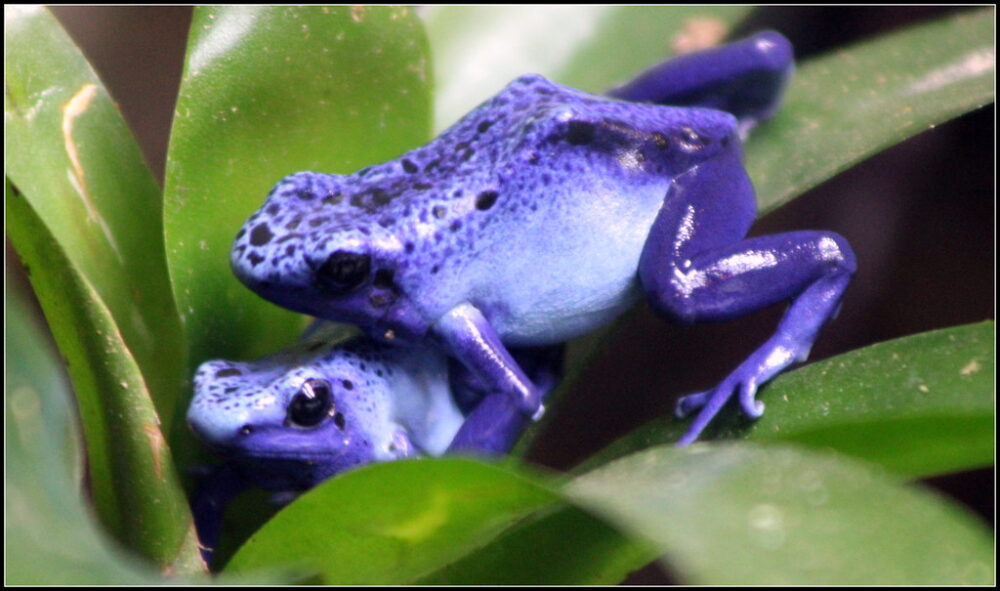Life without the ice cap
Yolanda Quispe, a park ranger at the Quelccaya glacier in Peru, is greatly saddened at the dismal state of what was once the world’s largest tropical ice cap, she told The Guardian journalists who joined her in the park. Located at the heart of the Peruvian Andes, the climate crisis has had a direct impact […]
Life without the ice cap Read More »
